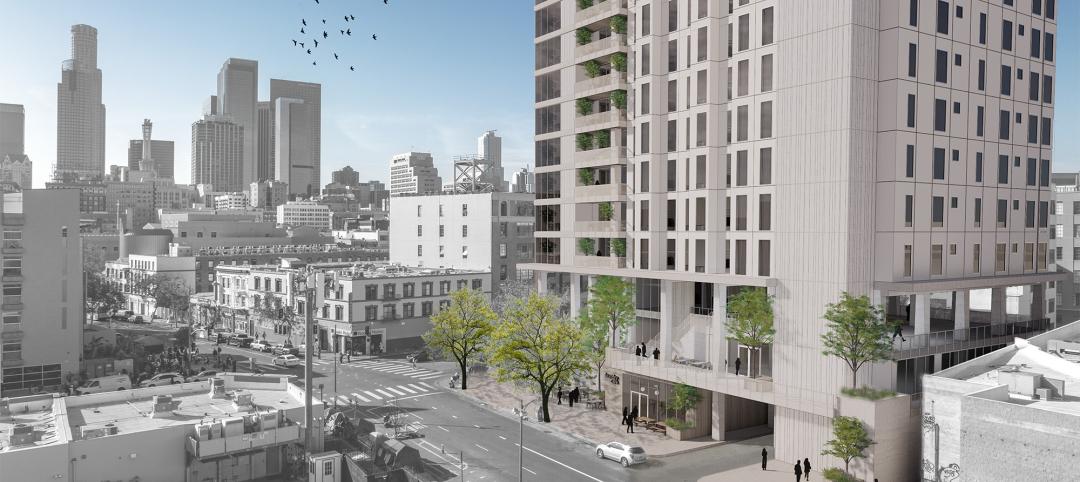The Biden-Harris Administration recently announced a nationwide allocation of $3.16 billion in homelessness assistance funding. This will be administered by the U.S. Department of Housing and Urban Development (HUD) through the Continuum of Care Program.
This funding decision marks the largest annual federal investment in addressing homelessness to date. Designated for supportive housing assistance initiatives, the Continuum of Care Program will distribute the $3.16 billion across over 7,000 projects nationwide.
HUD’s Continuum of Care program provides grants to nonprofit providers, States, Indian Tribes, and local governments for permanent and short-term housing assistance, supportive services, planning, data, and other costs. The funds will also go towards supportive services for individuals and youth experiencing homelessness, as well as survivors of domestic abuse.
Continuum of Care Program Criteria
“Now, more than ever, we are doing all we can to get people off the street and into permanent homes with access to services,” says HUD Secretary Marcia L. Fudge. “That is why we are making sure the service providers on the frontlines of this crisis have the resources they need.”
HUD's approach encourages communities to adopt evidence-based strategies in combating homelessness, prioritizing interventions that prioritize housing stability alongside supportive services. HUD has expanded the program's eligibility criteria to address the unique challenges faced by rural communities in serving individuals experiencing homelessness.
This year's $3.16 billion allocation represents an unprecedented level of funding, crucial for expanding community capacity to address homelessness, especially as rates of homelessness continue to rise across the country.
Successful applicants for these grants have demonstrated a commitment to collaborative, community-wide efforts to end homelessness. Emphasizing partnerships with health agencies, housing agencies, and other stakeholders, communities are increasingly focusing on reducing unsheltered homelessness through interdisciplinary approaches.
Homelessness Assistance Funding by State
The states that received the most funding were also those with the greatest number of projects. California and New York top the list, receiving over one-quarter (29%) of all annual funding for its 779 and 572 projects, respectively. These are the top five states awarded:
- California: 779 projects; awarded $601 million
- New York: 572 projects; awarded $303 million
- Texas: 249 projects; awarded $162 million
- Illinois: 369 projects; awarded $158 million
- Ohio: 331 projects; awarded $154 million
- Pennsylvania: 442 projects; awarded $148 million
- Florida: 320 projects; awarded $134 million
- Massachusetts: 208 projects; awarded $125 million
- Washington: 205 projects; awarded $111 million
- Michigan: 267 projects: awarded $98 million
Significant Increase From Previous Years
The 2023 fiscal year’s increase in funding for the Continuum of Care Program is a significant leap from previous years. In 2022, the amount was just under $2.8 billion, indicating a 14% increase in funding. The increase between 2021 and 2022 was just over 4 percent.
Looking ahead, the administration remains steadfast in its commitment to not only halting but reversing the upward trend in homelessness. President Biden's FY 2024 Budget proposes further actions to address homelessness, including investments to lower rental costs and provide guaranteed vouchers for vulnerable populations such as low-income veterans and youth aging out of foster care.
View a breakdown of the Continuums of Care and project awards on the HUD website.
Related Stories
Multifamily Housing | Jul 31, 2023
6 multifamily housing projects win 2023 LEED Homes Awards
The 2023 LEED Homes Awards winners in the multifamily space represent green, LEED-certified buildings designed to provide clean indoor air and reduced energy consumption.
MFPRO+ New Projects | Jul 27, 2023
OMA, Beyer Blinder Belle design a pair of sculptural residential towers in Brooklyn
Eagle + West, composed of two sculptural residential towers with complementary shapes, have added 745 rental units to a post-industrial waterfront in Brooklyn, N.Y. Rising from a mixed-use podium on an expansive site, the towers include luxury penthouses on the top floors, numerous market rate rental units, and 30% of units designated for affordable housing.
Affordable Housing | Jul 27, 2023
Houston to soon have 50 new residential units for youth leaving foster care
Houston will soon have 50 new residential units for youth leaving the foster care system and entering adulthood. The Houston Alumni and Youth (HAY) Center has broken ground on its 59,000-sf campus, with completion expected by July 2024. The HAY Center is a nonprofit program of Harris County Resources for Children and Adults and for foster youth ages 14-25 transitioning to adulthood in the Houston community.
Affordable Housing | Jul 27, 2023
Repeatable, supportive housing for the unhoused
KTGY’s R+D concept, The Essential, rethinks supportive housing to support the individual and community with a standardized and easily repeatable design.
Adaptive Reuse | Jul 27, 2023
Number of U.S. adaptive reuse projects jumps to 122,000 from 77,000
The number of adaptive reuse projects in the pipeline grew to a record 122,000 in 2023 from 77,000 registered last year, according to RentCafe’s annual Adaptive Reuse Report. Of the 122,000 apartments currently undergoing conversion, 45,000 are the result of office repurposing, representing 37% of the total, followed by hotels (23% of future projects).
Multifamily Housing | Jul 25, 2023
San Francisco seeks proposals for adaptive reuse of underutilized downtown office buildings
The City of San Francisco released a Request For Interest to identify office building conversions that city officials could help expedite with zoning changes, regulatory measures, and financial incentives.
Multifamily Housing | Jul 13, 2023
Walkable neighborhoods encourage stronger sense of community
Adults who live in walkable neighborhoods are more likely to interact with their neighbors and have a stronger sense of community than people who live in car-dependent communities, according to a report by the Herbert Wertheim School of Public Health and Human Longevity Science at University of California San Diego.
Affordable Housing | Jul 12, 2023
Navigating homelessness with modular building solutions
San Francisco-based architect Chuck Bloszies, FAIA, SE, LEED AP, discusses his firm's designs for Navigation Centers, temporary housing for the homeless in northern California.
Multifamily Housing | Jul 11, 2023
Converting downtown office into multifamily residential: Let’s stop and think about this
Is the office-to-residential conversion really what’s best for our downtowns from a cultural, urban, economic perspective? Or is this silver bullet really a poison pill?
Adaptive Reuse | Jul 10, 2023
California updates building code for adaptive reuse of office, retail structures for housing
The California Building Standards Commission recently voted to make it easier to convert commercial properties to residential use. The commission adopted provisions of the International Existing Building Code (IEBC) that allow developers more flexibility for adaptive reuse of retail and office structures.


















